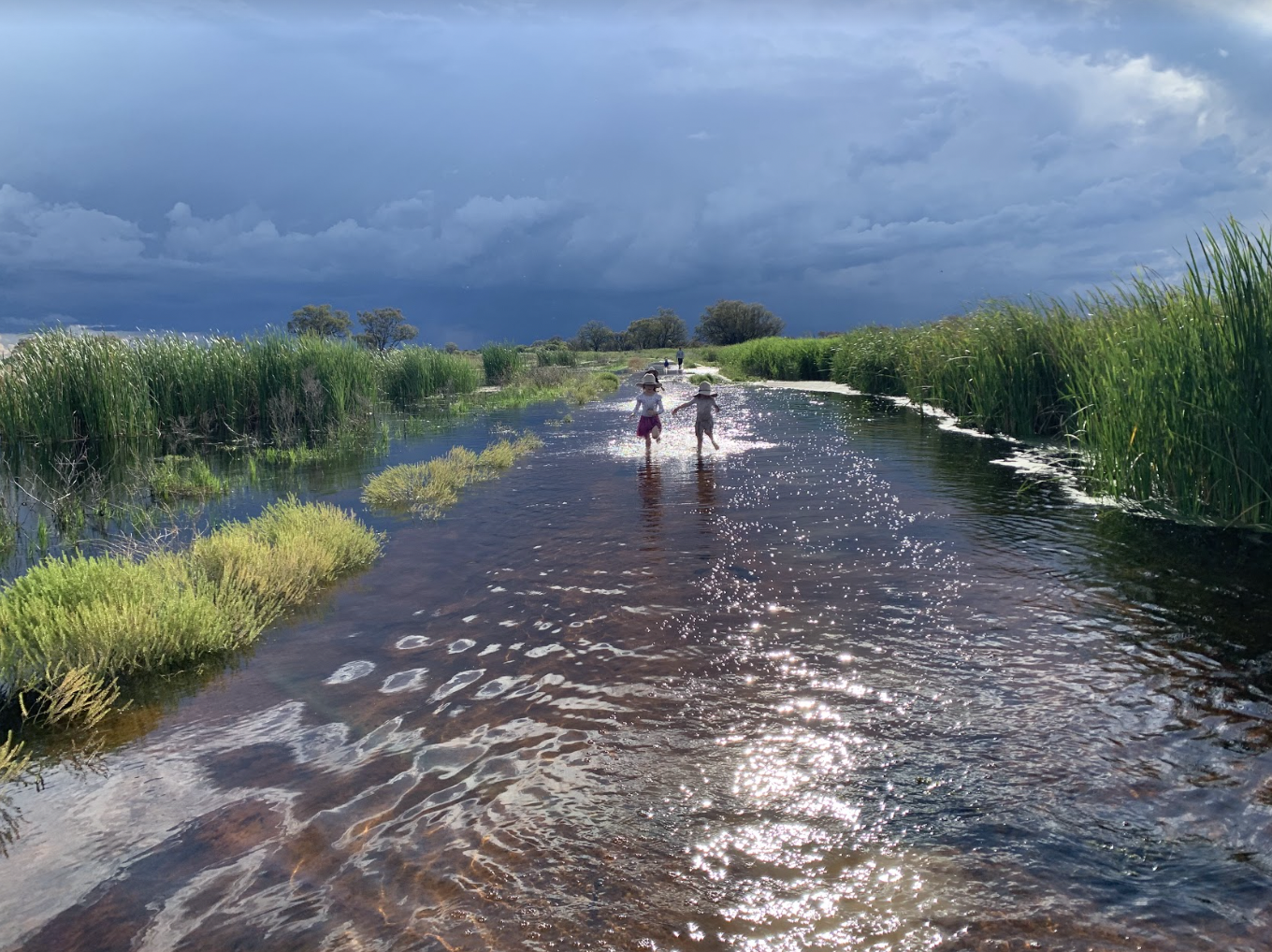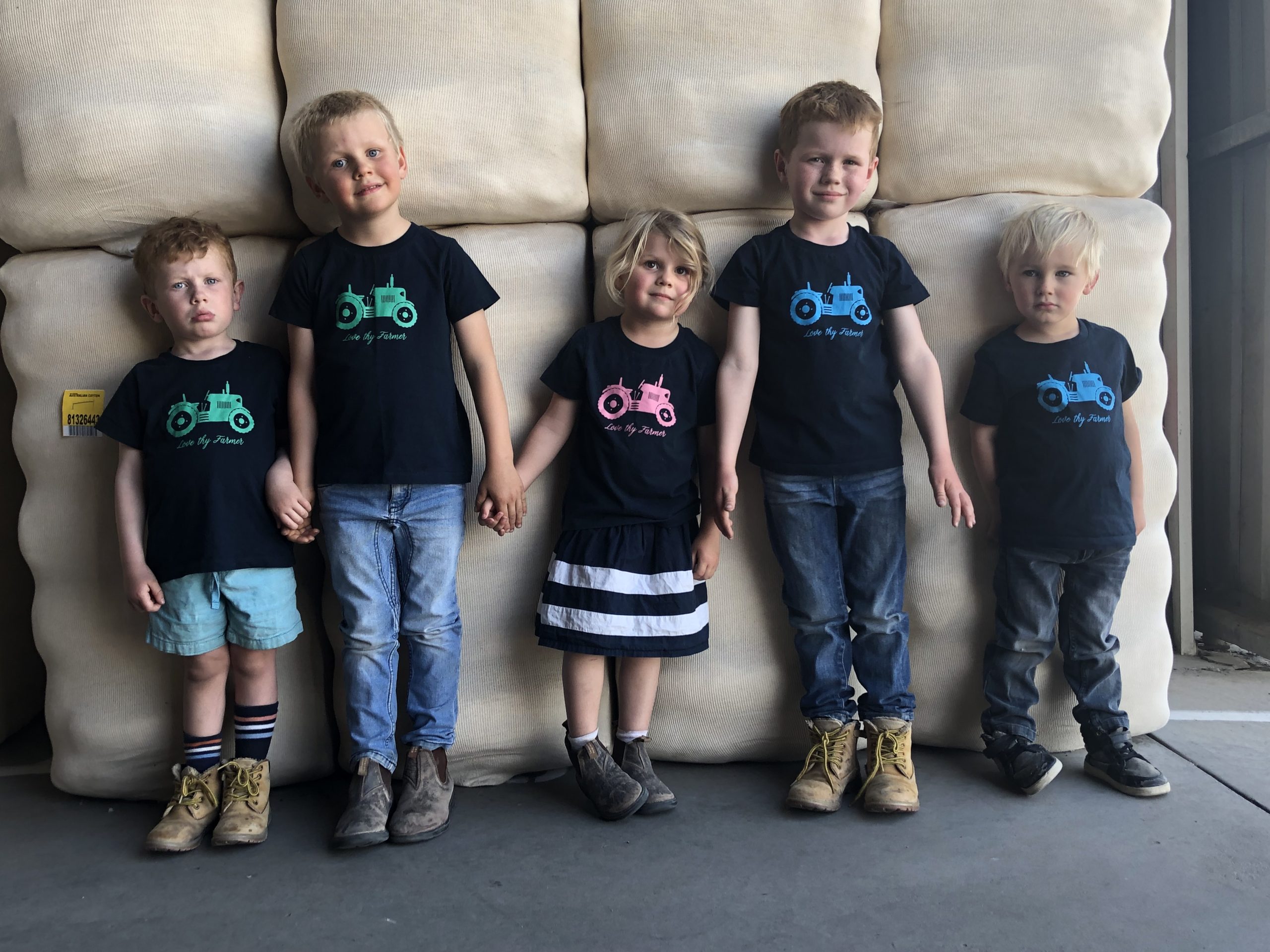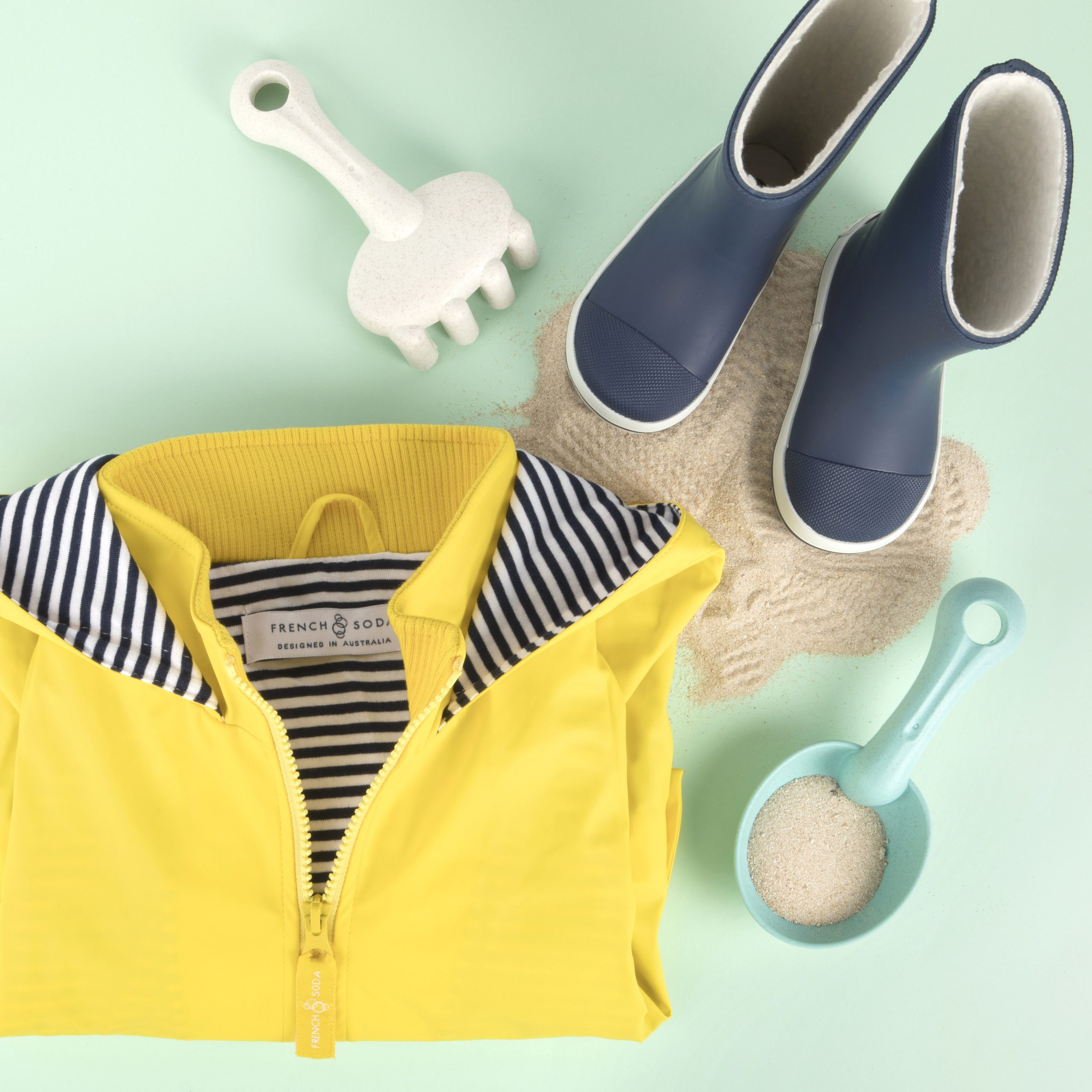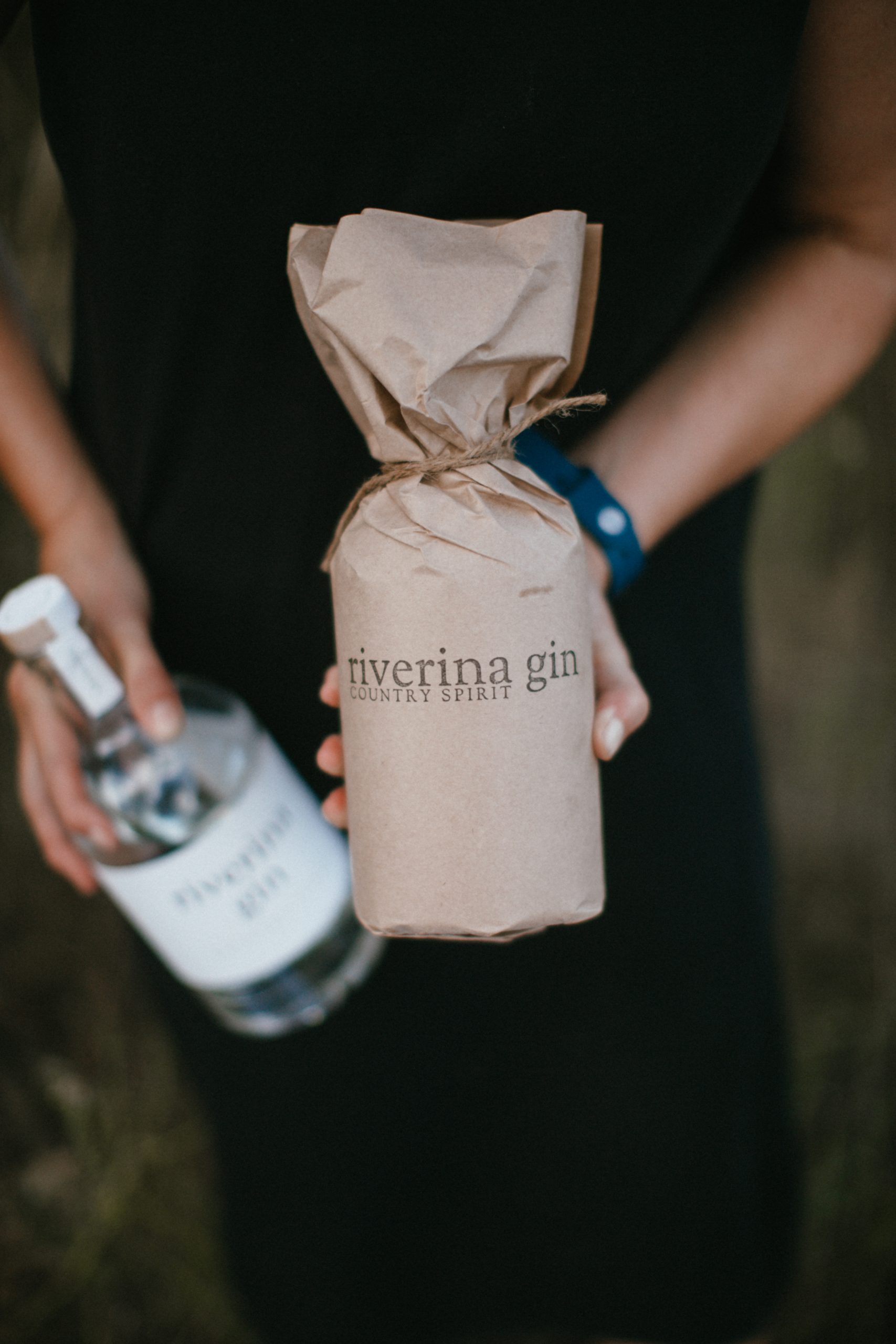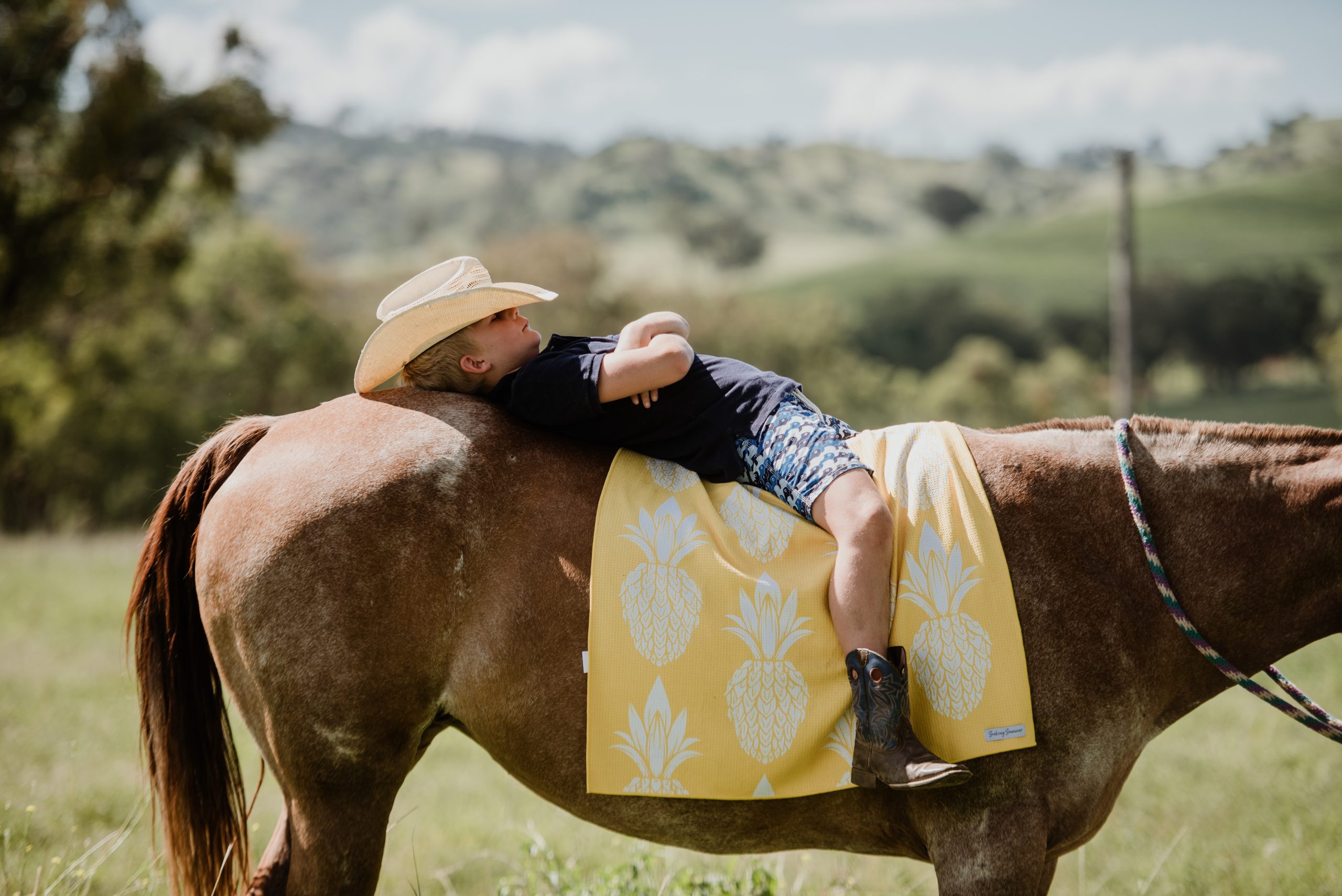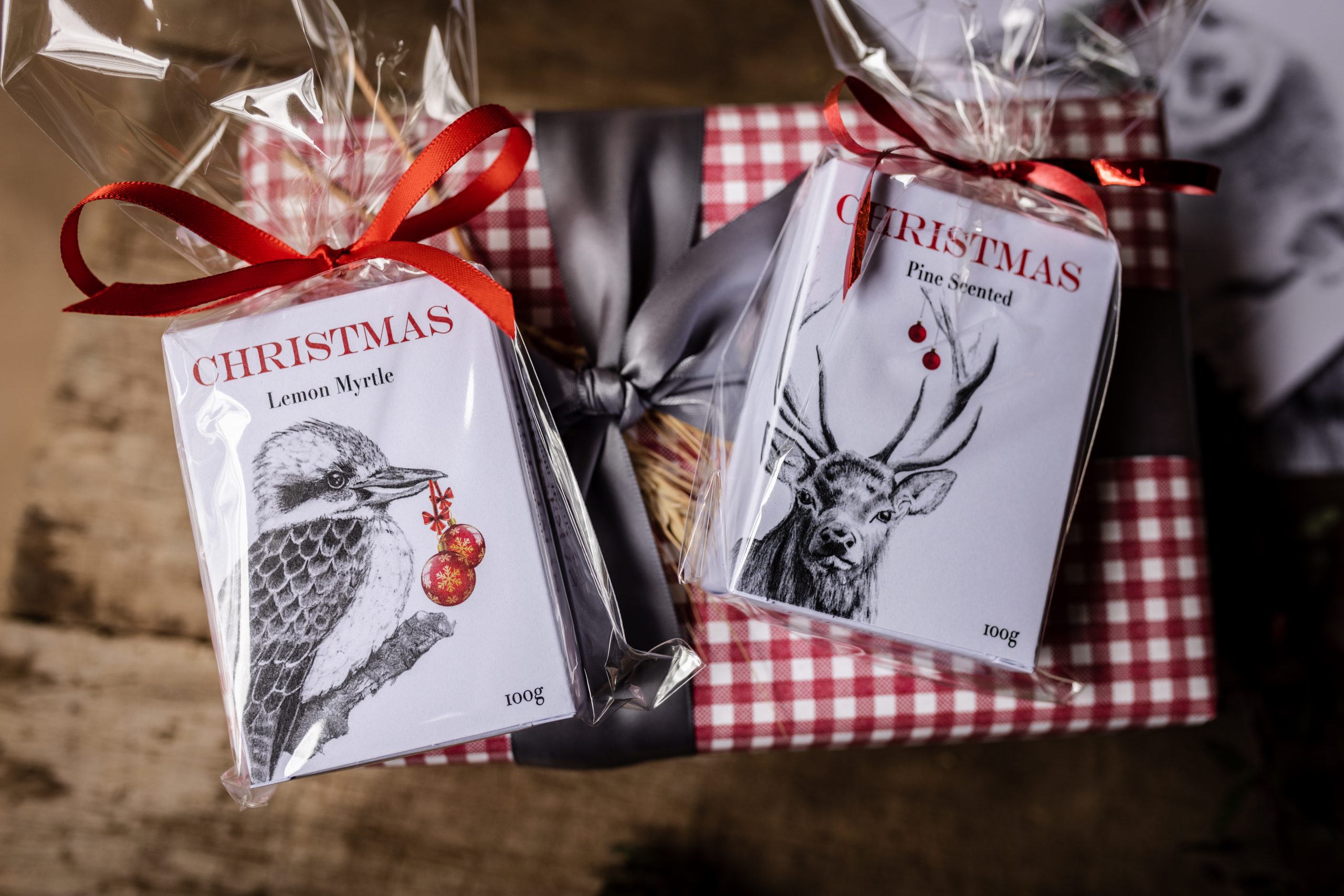Making Christmas count for flood-ravaged bush businesses
These bush businesses are going to Sydney, even if they have to kayak their way there
In flood ravaged parts of Australia, there’s a common refrain, says Buy From the Bush founder, Grace Brennan.
“The community sentiment has been the same: that they would take the rain over the drought any day,” she says.
But that positive spin on weather events that have devastated regional communities is starting to wear thin. And rural businesses need all the support they can get right now.
Based on a farm in the NSW town of Warren, 120km west of Dubbo, Ms Brennan started Buy From the Bush as an Instagram account in October 2019 to connect city dwellers with small businesses in drought-stricken regional areas. The idea was to create second income streams for farming families, as well as creating new markets for regional businesses who were trying to maintain an income in communities with considerably less disposable cash.
The response surprised everyone, as BFTB garnered more than 450,000 followers across Facebook and Instagram and city shoppers voted with their wallets, providing additional income, as well as hope and support, to struggling communities. Since launching, $10 million has been generated for small businesses in rural Australia as savvy shoppers seek fashion, homewares, jewellery, skincare and more.
Three years later, the source of the crisis is different, but the need is greater than ever, as farms and businesses try to deal with widespread damage and isolation.
In Ms Brennan’s case, Warren and the surrounding region have been experiencing heavy rainfalls which have flooded the Macquarie River, isolating communities and individual families for weeks or even months
“We have not had a bus running since July,” she said.
But she’s quick to point out that many are dealing with much worse.
Throughout recent years, many in regional communities have tried to maintain a positive mindset. That’s getting a harder proposition as areas are repeatedly inundated with water.
“The attitude until recently was stoicism and optimism because rain presents opportunity for next year (for sowing crops),” she said.
“But the more it goes on, the more I see that same feeling from the drought. What the flood brings that the drought did not is constant disruption. You can’t access roads and people can’t get into town.”
The impacts of being cut off from town are felt across the community. Where the floods have swept through the main business district, businesses have struggled to reopen, while access to services like the post office have made filling online orders difficult. Maintaining a sense of normality for families has been hard.
“Parents are thinking about how to get their kids to school,” Ms Brennan said. “At the moment, for me it would be a 400km round trip to get my kids there for drop off and pick up (to avoid flooded roads). So you plan differently. You know you’ll be in town for the day on those days.”
At the same time, Ms Brennan said many are aware that there are others in regional communities doing it tougher this time round.
“With the drought, we were in this shared experience,” she said. “But with the floods, there’s a spectrum of impact, and how much debt each farmer is carrying. Some people have big loans because they were expecting an enormous crop and prices are amazing.
“It’s devastating because you can see that crop, you can touch it. But it’s flooded.”
Next month, 20 creators, makers and designers from regional areas will be making the journey to Sydney for a Christmas market at The Rocks on December 9 and 10. Some will find the trip harder than others.
“Some who are coming to the Christmas market will be kayaking out or taking a dinghy out and relying on friends,” she said.
Stallholders will be travelling from Molong, Condobolin, Dubbo, Warren, Minja, Narromine and Quambone, among other towns.
The market will also host An Hour for Eugowra, a live auction to raise funds for the small town positioned between Forbes and Orange in the NSW Central West. Eugowra was completed flooded last week by a volume of water from Mandagery Creek that left the town looking, in the words of mayor Kevin Beatty, like a bomb had gone off.
Not everyone will be able to make it to the Sydney market. Ms Brennan urged shoppers to consider Buy From the Bush businesses this Christmas. There are more than 185 creators, makers and designers to choose from.
“It’s a longer term commitment,” she said. “We need small businesses to be robust enough to survive these downturns.”
- The gallery is a selection of product on offer from bush businesses attending the market including: Bright Threads, Dumble Collective, Kennedy the Label, Note Couture, Seeking Summer, Castleden Co, French Soda, Riverina Gin and Cathy Hamilton Artworks
This stylish family home combines a classic palette and finishes with a flexible floorplan
Just 55 minutes from Sydney, make this your creative getaway located in the majestic Hawkesbury region.
As Paris makes its final preparations for the Olympic games, its residents are busy with their own—packing their suitcases, confirming their reservations, and getting out of town.
Worried about the hordes of crowds and overall chaos the Olympics could bring, Parisians are fleeing the city in droves and inundating resort cities around the country. Hotels and holiday rentals in some of France’s most popular vacation destinations—from the French Riviera in the south to the beaches of Normandy in the north—say they are expecting massive crowds this year in advance of the Olympics. The games will run from July 26-Aug. 1.
“It’s already a major holiday season for us, and beyond that, we have the Olympics,” says Stéphane Personeni, general manager of the Lily of the Valley hotel in Saint Tropez. “People began booking early this year.”
Personeni’s hotel typically has no issues filling its rooms each summer—by May of each year, the luxury hotel typically finds itself completely booked out for the months of July and August. But this year, the 53-room hotel began filling up for summer reservations in February.
“We told our regular guests that everything—hotels, apartments, villas—are going to be hard to find this summer,” Personeni says. His neighbours around Saint Tropez say they’re similarly booked up.
As of March, the online marketplace Gens de Confiance (“Trusted People”), saw a 50% increase in reservations from Parisians seeking vacation rentals outside the capital during the Olympics.
Already, August is a popular vacation time for the French. With a minimum of five weeks of vacation mandated by law, many decide to take the entire month off, renting out villas in beachside destinations for longer periods.
But beyond the typical August travel, the Olympics are having a real impact, says Bertille Marchal, a spokesperson for Gens de Confiance.
“We’ve seen nearly three times more reservations for the dates of the Olympics than the following two weeks,” Marchal says. “The increase is definitely linked to the Olympic Games.”

Getty Images
According to the site, the most sought-out vacation destinations are Morbihan and Loire-Atlantique, a seaside region in the northwest; le Var, a coastal area within the southeast of France along the Côte d’Azur; and the island of Corsica in the Mediterranean.
Meanwhile, the Olympics haven’t necessarily been a boon to foreign tourism in the country. Many tourists who might have otherwise come to France are avoiding it this year in favour of other European capitals. In Paris, demand for stays at high-end hotels has collapsed, with bookings down 50% in July compared to last year, according to UMIH Prestige, which represents hotels charging at least €800 ($865) a night for rooms.
Earlier this year, high-end restaurants and concierges said the Olympics might even be an opportunity to score a hard-get-seat at the city’s fine dining.
In the Occitanie region in southwest France, the overall number of reservations this summer hasn’t changed much from last year, says Vincent Gare, president of the regional tourism committee there.
“But looking further at the numbers, we do see an increase in the clientele coming from the Paris region,” Gare told Le Figaro, noting that the increase in reservations has fallen directly on the dates of the Olympic games.
Michel Barré, a retiree living in Paris’s Le Marais neighbourhood, is one of those opting for the beach rather than the opening ceremony. In January, he booked a stay in Normandy for two weeks.
“Even though it’s a major European capital, Paris is still a small city—it’s a massive effort to host all of these events,” Barré says. “The Olympics are going to be a mess.”
More than anything, he just wants some calm after an event-filled summer in Paris, which just before the Olympics experienced the drama of a snap election called by Macron.
“It’s been a hectic summer here,” he says.

AFP via Getty Images
Parisians—Barré included—feel that the city, by over-catering to its tourists, is driving out many residents.
Parts of the Seine—usually one of the most popular summertime hangout spots —have been closed off for weeks as the city installs bleachers and Olympics signage. In certain neighbourhoods, residents will need to scan a QR code with police to access their own apartments. And from the Olympics to Sept. 8, Paris is nearly doubling the price of transit tickets from €2.15 to €4 per ride.
The city’s clear willingness to capitalise on its tourists has motivated some residents to do the same. In March, the number of active Airbnb listings in Paris reached an all-time high as hosts rushed to list their apartments. Listings grew 40% from the same time last year, according to the company.
With their regular clients taking off, Parisian restaurants and merchants are complaining that business is down.
“Are there any Parisians left in Paris?” Alaine Fontaine, president of the restaurant industry association, told the radio station Franceinfo on Sunday. “For the last three weeks, there haven’t been any here.”
Still, for all the talk of those leaving, there are plenty who have decided to stick around.
Jay Swanson, an American expat and YouTuber, can’t imagine leaving during the Olympics—he secured his tickets to see ping pong and volleyball last year. He’s also less concerned about the crowds and road closures than others, having just put together a series of videos explaining how to navigate Paris during the games.
“It’s been 100 years since the Games came to Paris; when else will we get a chance to host the world like this?” Swanson says. “So many Parisians are leaving and tourism is down, so not only will it be quiet but the only people left will be here for a party.”
This stylish family home combines a classic palette and finishes with a flexible floorplan
Just 55 minutes from Sydney, make this your creative getaway located in the majestic Hawkesbury region.









